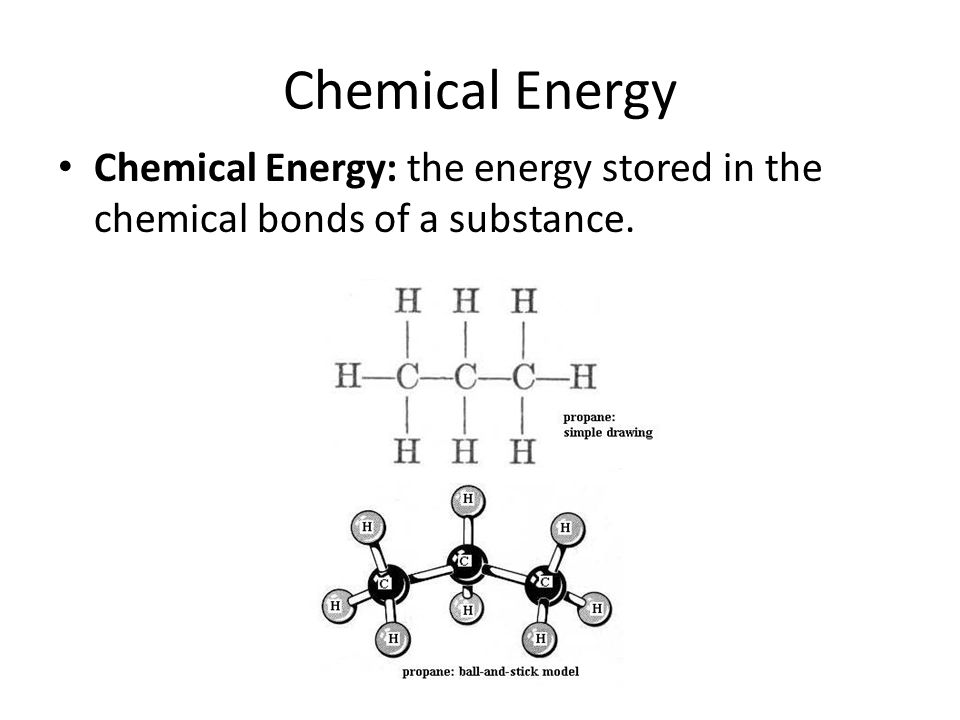Chemical Energy Drawing
Chemical Energy Drawing - And when i hand drew these particles, the atoms in this particulate model here, i. To depict graphically the energy changes that occur during a reaction, chemists use energy diagrams, such as that in figure 6.5.the vertical axis of the diagram represents. Khan academy offers free, interactive lessons on chemistry and more. Web energy diagrams are used to represent the change in energy for the molecules involved in a chemical reaction. Parts of an energy diagram. Web the energy changes that occur during a chemical reaction can be shown in a diagram called a potential energy diagram, or sometimes called a reaction progress curve. Web learn how to analyze the energy changes in chemical reactions, using concepts such as exothermic, endothermic, and activation energy. Web as the reaction proceeds, ethylene and hbr approach each other, the ethylene π bond and the h−br bond break, a new c−h bond forms in step 1 and a new c−br bond forms in step 2. A given chemical reaction can be represented using a particulate diagram, in which the reaction mixture is depicted both before the reaction occurs and after the reaction has proceeded completely as possible. In an energy diagram, the vertical axis represents the overall energy of the reactants, while the horizontal axis is the ‘reaction coordinate’, tracing from left to right the progress of the reaction from starting. A given chemical reaction can be represented using a particulate diagram, in which the reaction mixture is depicted both before the reaction occurs and after the reaction has proceeded completely as possible. Khan academy offers free, interactive lessons on chemistry and more. Web learn how to analyze the energy changes in chemical reactions, using concepts such as exothermic, endothermic, and activation energy. This energy required to break all the reactant bonds is referred to as the activation energy and is represented as the height from the reactant's energy. Web as the reaction proceeds, ethylene and hbr approach each other, the ethylene π bond and the h−br bond break, a new c−h bond forms in step 1 and a new c−br bond forms in step 2. The products will end at a higher energy than the reactants? Web the energy changes that occur during a chemical reaction can be shown in a diagram called a potential energy diagram, or sometimes called a reaction progress curve. Peaks on the energy diagram represent the. Parts of an energy diagram. In an energy diagram, the vertical axis represents the overall energy of the reactants, while the horizontal axis is the ‘reaction coordinate’, tracing from left to right the progress of the reaction from starting compounds to final products. Web you may recall from general chemistry that it is often convenient to describe chemical reactions with energy diagrams. Web learn how to analyze the energy changes in chemical reactions, using concepts such as exothermic, endothermic, and activation energy. This energy required to break all the reactant bonds is referred to as the activation energy and is represented as the. The products will end at a higher energy than the reactants? Khan academy offers free, interactive lessons on chemistry and more. In an energy diagram, the vertical axis represents the overall energy of the reactants, while the horizontal axis is the ‘reaction coordinate’, tracing from left to right the progress of the reaction from starting compounds to final products. In. A given chemical reaction can be represented using a particulate diagram, in which the reaction mixture is depicted both before the reaction occurs and after the reaction has proceeded completely as possible. The products will end at a higher energy than the reactants? Peaks on the energy diagram represent the. Web learn how to analyze the energy changes in chemical. Web learn how to analyze the energy changes in chemical reactions, using concepts such as exothermic, endothermic, and activation energy. Web you may recall from general chemistry that it is often convenient to describe chemical reactions with energy diagrams. In an energy diagram, the vertical axis represents the overall energy of the reactants, while the horizontal axis is the ‘reaction. The figure below shows basic potential energy. Web the energy changes that occur during a chemical reaction can be shown in a diagram called a potential energy diagram, or sometimes called a reaction progress curve. Parts of an energy diagram. About about this video transcript. Web you may recall from general chemistry that it is often convenient to describe chemical. In an energy diagram, the vertical axis represents the overall energy of the reactants, while the horizontal axis is the ‘reaction coordinate’, tracing from left to right the progress of the reaction from starting compounds to final products. Khan academy offers free, interactive lessons on chemistry and more. Peaks on the energy diagram represent the. A potential energy diagram shows. Web so, when drawing the energy diagram, you want the reactants on the graph to be higher than the products. The reaction coordinate indicates the progress of the conversion of reactants to products. Web as the reaction proceeds, ethylene and hbr approach each other, the ethylene π bond and the h−br bond break, a new c−h bond forms in step. Web as the reaction proceeds, ethylene and hbr approach each other, the ethylene π bond and the h−br bond break, a new c−h bond forms in step 1 and a new c−br bond forms in step 2. The products will end at a higher energy than the reactants? In an energy diagram, the vertical axis represents the overall energy of. In an energy diagram, the vertical axis represents the overall energy of the reactants, while the horizontal axis is the ‘reaction coordinate’, tracing from left to right the progress of the reaction from starting. Khan academy offers free, interactive lessons on chemistry and more. Parts of an energy diagram. Web so, when drawing the energy diagram, you want the reactants. Web so, when drawing the energy diagram, you want the reactants on the graph to be higher than the products. Web energy diagrams are used to represent the change in energy for the molecules involved in a chemical reaction. In an energy diagram, the vertical axis represents the overall energy of the reactants, while the horizontal axis is the ‘reaction. This energy required to break all the reactant bonds is referred to as the activation energy and is represented as the height from the reactant's energy. Web a physical or chemical process can be represented using an energy diagram, which shows how the potential energy of the initial state relates to the potential energy of the final state. Peaks on the energy diagram represent the. Web you may recall from general chemistry that it is often convenient to describe chemical reactions with energy diagrams. In an energy diagram, the vertical axis represents the overall energy of the reactants, while the horizontal axis is the ‘reaction coordinate’, tracing from left to right the progress of the reaction from starting compounds to final products. Web you may recall from general chemistry that it is often convenient to describe chemical reactions with energy diagrams. In an energy diagram, the vertical axis represents the overall energy of the reactants, while the horizontal axis is the ‘reaction coordinate’, tracing from left to right the progress of the reaction from starting. It's oddly similar to chemical reactions! About about this video transcript. The products will end at a higher energy than the reactants? A given chemical reaction can be represented using a particulate diagram, in which the reaction mixture is depicted both before the reaction occurs and after the reaction has proceeded completely as possible. Web energy diagrams are used to represent the change in energy for the molecules involved in a chemical reaction. Web learn how to analyze the energy changes in chemical reactions, using concepts such as exothermic, endothermic, and activation energy. Parts of an energy diagram. The figure below shows basic potential energy. And when i hand drew these particles, the atoms in this particulate model here, i.Chemical Energy Drawing at Explore collection of
Chemical Energy Drawing at GetDrawings Free download
Physics Page 5 of 20 Science Facts
Chemical Energy Drawing at GetDrawings Free download
Chemical Energy Drawing at GetDrawings Free download
12 Examples of Chemical Energy
Chemical energy with explanation Royalty Free Vector Image
HOW TO DRAW "FORMS OF ENERGY" YouTube
chemical energy Kids Britannica Kids Homework Help
Chemical Energy Drawing at Explore collection of
Khan Academy Offers Free, Interactive Lessons On Chemistry And More.
The Reaction Coordinate Indicates The Progress Of The Conversion Of Reactants To Products.
Web As The Reaction Proceeds, Ethylene And Hbr Approach Each Other, The Ethylene Π Bond And The H−Br Bond Break, A New C−H Bond Forms In Step 1 And A New C−Br Bond Forms In Step 2.
A Potential Energy Diagram Shows The Change In Potential Energy Of A System As Reactants Are Converted Into Products.
Related Post:
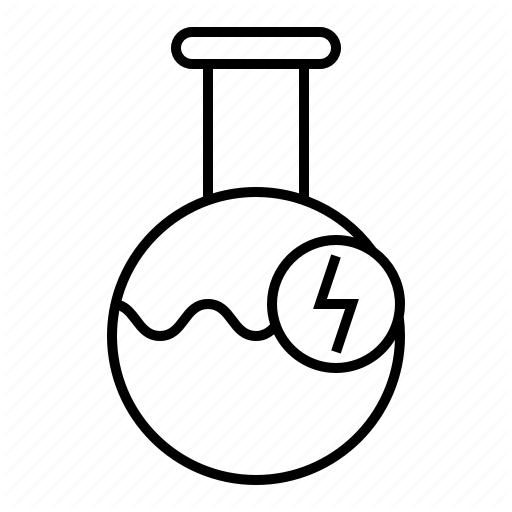
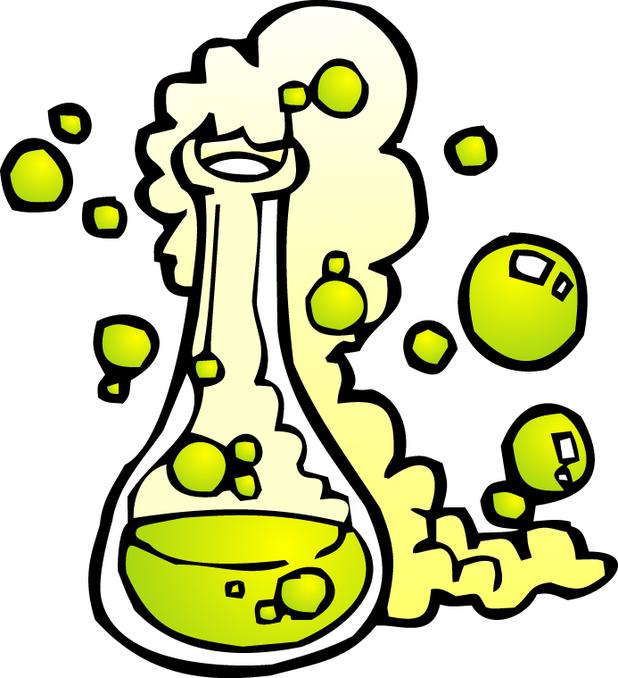
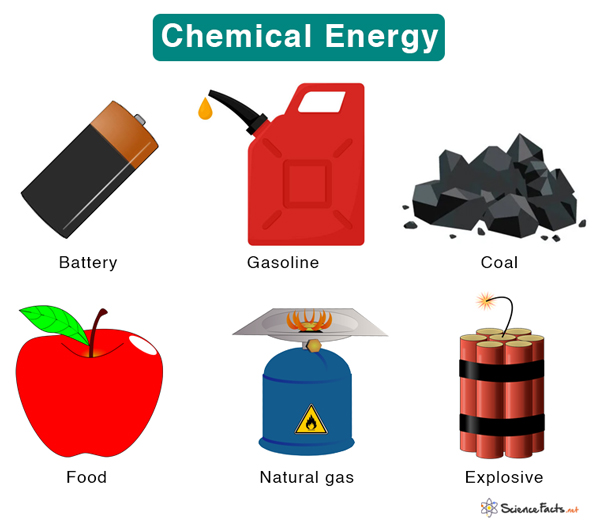
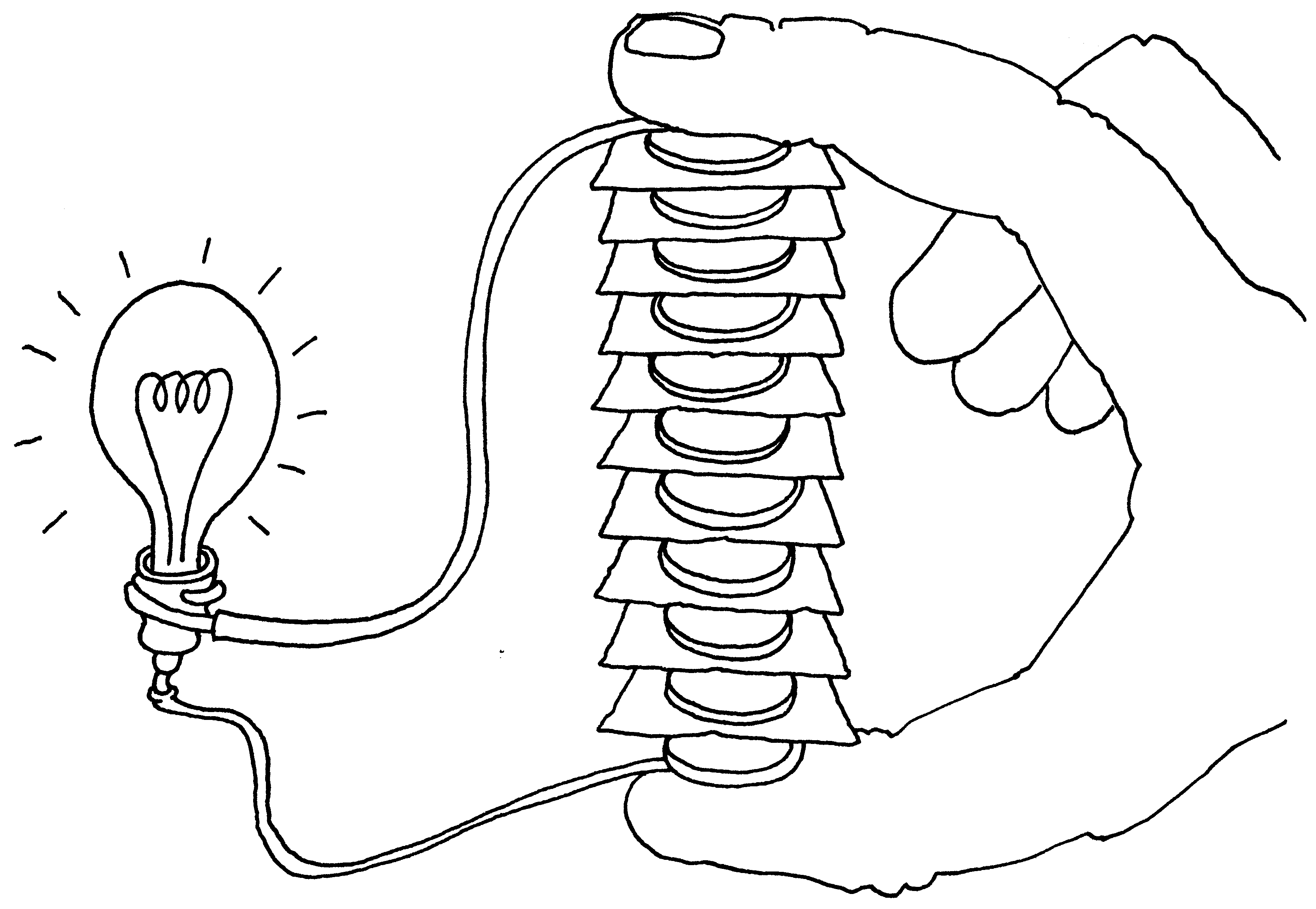
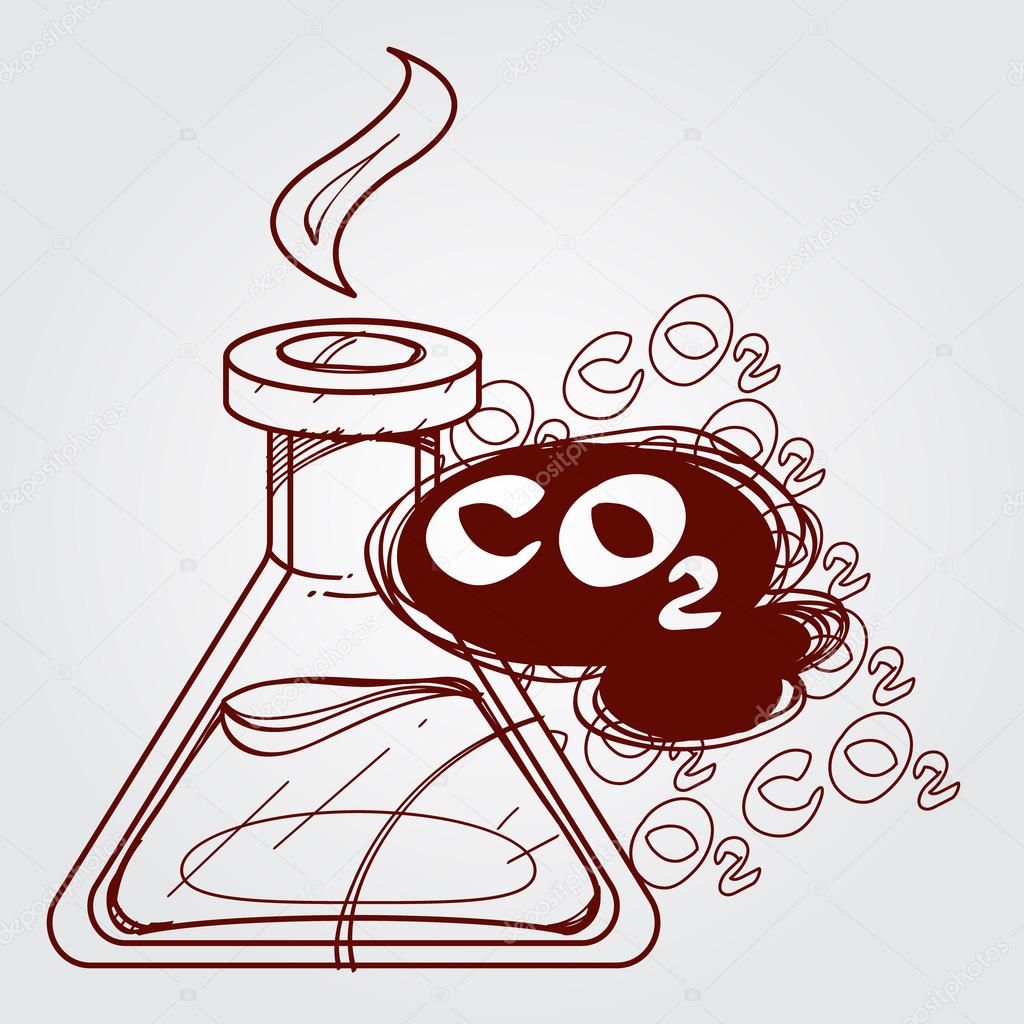
/example-of-chemical-energy-609260-final-bbb1d1f37ef443ad82bc2f2cdb2646ce.png)



